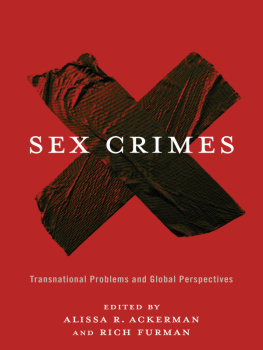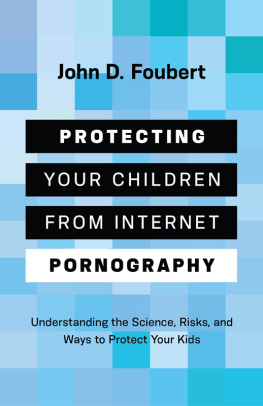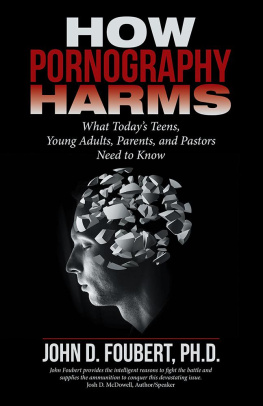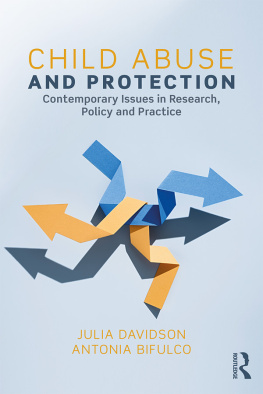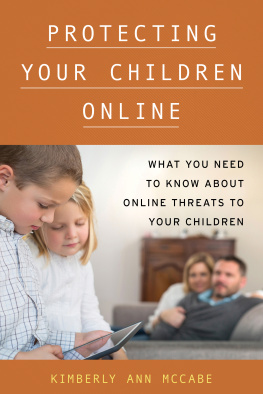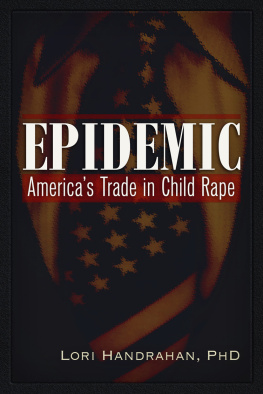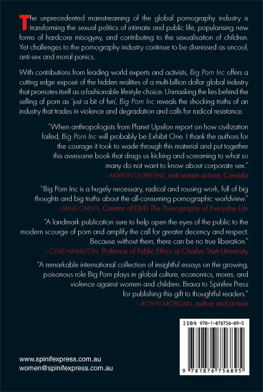
First published by Willan Publishing 2007
This edition published by Routledge 2011
2 Park Square, Milton Park, Abingdon, Oxon OX14 4 RN
711 Third Avenue, New York, NY 10017
Routledge is an imprint of the Taylor & Francis Group, an informa business
Ian O'Donnell and Claire Milner 2007
The rights of Ian O'Donnell and Claire Milner to be identified as the authors of this book have been asserted by them in accordance with the Copyright, Designs and Patents Act of 1988.
All rights reserved; no part of this publication may be reproduced, stored in a retrieval system, or transmitted in any form or by any means, electronic, mechanical, photocopying, recording or otherwise without the prior written permission of the Publishers or a licence permitting copying in the UK issued by the Copyright Licensing Agency Ltd, Saffron House, 610 Kirby Street, London EC1N 8TS.
ISBN 978-1-84392-356-5 paperback
978-1-84392-357-2 hardback
British Library Cataloguing-in-Publication Data
A catalogue record for this book is available from the British Library
Project managed by Deer Park Productions, Tavistock, Devon
Typeset by GCS, Leighton Buzzard, Bedfordshire
Contents
List of tables and figures
Tables
Figures
List of boxes
Acknowledgements
of this book has its origins in a study funded by Ireland's Department of Justice, Equality and Law Reform, whose financial support is acknowledged. An unprecedented level of cooperation, especially from police and prosecutors, allowed an unusually wide-ranging inquiry to be conducted into how child pornographers are investigated and brought to justice. In addition, a number of judges spoke candidly about how they exercised their discretion when dealing with a category of offender that excites a high level of public interest and revulsion. While the empirical focus is on a single jurisdiction the arguments raised are of more general relevance.
We have a number of debts to record.
From An Garda Siochna we are grateful to Chief Superintendent John O'Mahony, Detective Garda Philip Ryan, Detective Garda Seamus Duffy, Superintendent John Shanahan and the Crime Policy and Administration Unit. Special thanks go to those members of the force who took time out of their busy days to fill in our questionnaire.
The Director of Public Prosecutions, James Hamilton, and his legal research officer, Clara Connolly, were generous with their time and expertise.
The study was facilitated by Esmond Smith, former President of the Circuit Court, and Peter Smithwick, former President of the District Court, together with his colleague Dolores Moore. We are very grateful to all of the judges who shared their experiences with us.
Jim Mitchell from the Irish Prison Service, Pat Walsh and Niall Muldoon from the Granada Institute, and Peggy Garvey from the Censorship of Publications Office gave us valuable perspectives on the issues at hand. We are also obliged to Tom O'Malley of the Law Faculty in NUI Galway who shared with us some of his ongoing work in the fields of sentencing and sex crime. Cormac Behan and Eoin O'Sullivan were kind enough to read, and comment upon, a full draft of this manuscript.
The production and consumption of child pornography are viewed with particular abhorrence. We hope that we have managed to deal with this emotive topic in a way that does justice to victims and perpetrators as well as contributing to a better understanding of an issue that is placing criminal justice agencies under increasing strain.
Part I
Understanding the Context
Chapter 1
The enduring appeal of child pornography
The history of child pornography is difficult to write. While the academic literature might be modest in size and of recent origin, the same cannot be said for the phenomenon it describes. Paintings depicting adult men engaging in sexual activities with young boys have been discovered among the remains of ancient Greek civilisation (Dover 1978) and the Romans were famously tolerant of pederasty (Veyne 1987). This indicates that the origins of such activity, and the desire to record it for future viewing pleasure, date back at least to Antiquity. The invention of the printing press in the middle of the fifteenth century meant that large-scale reproduction became possible. The first pages to be stamped with hot metal and ink were the books of the Bible. But erotic material soon followed and by the middle of the sixteenth century the amount of obscene literature in circulation caused such alarm that Pope Paul IV established the Index Librorum Prohibitorum, a list of books forbidden by the church that was added to until 1966 (Lane 2001: 8, 98).
Examples of written pornography detailing sexual acts with children have survived from seventeenth-century France and England. One of the most successful erotic novels ever, John Cleland's Fanny Hill, or the Memoirs of a Woman of Pleasure, was first published in 1749 and has been in print ever since, an edition appearing as a Penguin Classic in 2005. Part of the novel's enduring appeal may lie in the fact that the eponymous heroine was just past her fifteenth birthday when she began life as a prostitute. Tate (1990: 334) put it well when he observed that: Almost since man discovered the ability to write or draw he has recorded the sexual abuse of children.
The pornography industry did not really take off until the early nineteenth century when the introduction of the camera, and improved printing processes, allowed pornography to be produced in a volume capable of satisfying a mass audience. By the late 1800s pornography was widely available in England (Pearsall 1969: 364-392). For example, in 1874 London police raided the studio of Henry Hayler and confiscated over 130,000 indecent photographs. Hayler was a good businessman and the catalogues that illustrated his wares were widely circulated. This was a family concern with Hayler, his wife and two sons working on both sides of the camera. He was also well connected and managed to flee the country before his home was raided, probably on the basis of a tip-off (Hebditch and Anning 1988: 45).
In Victorian England, establishing a studio, making and marketing obscene photographs and avoiding scandal required money, a degree of common sense and good connections. This was a middle-class pursuit and the price of the product meant that purchasers were likely to be men of reasonable means. Looking at the early industry, Jenkins (2001: 31) observed that: Often, these images sought a kind of respectability by portraying their subjects in classical and artistic poses, but the prominent display of the genitalia leaves little doubt about the erotic purpose of the works. The case of Charles Lutwidge Dodgson (whose pen name was Lewis Carroll) is often cited in this context. He photographed young girls naked or in various states of undress, though never in any sexual act. Some of his photographs found their way into late twentieth-century magazines and a number of paedophile organisations (e.g. the Wnderland Club, see pp. 389) have used his name or the titles of his stories to indicate the kind of fantasies that appeal to their members.
Liberalisation and mass production
Child pornography production and consumption in Europe in the twentieth century were at first closely tied to the adult pornography industry. Due to rudimentary production processes, the trade was amateurish in the forties and fifties and appears to have been focused more on written material than photographs. However, the publication of naturist magazines, which carried pictures of unclothed children in everyday (non-pornographic) situations, quickly gained a paedophile following (Tate 1990). Probably the best-known naturist publication,


